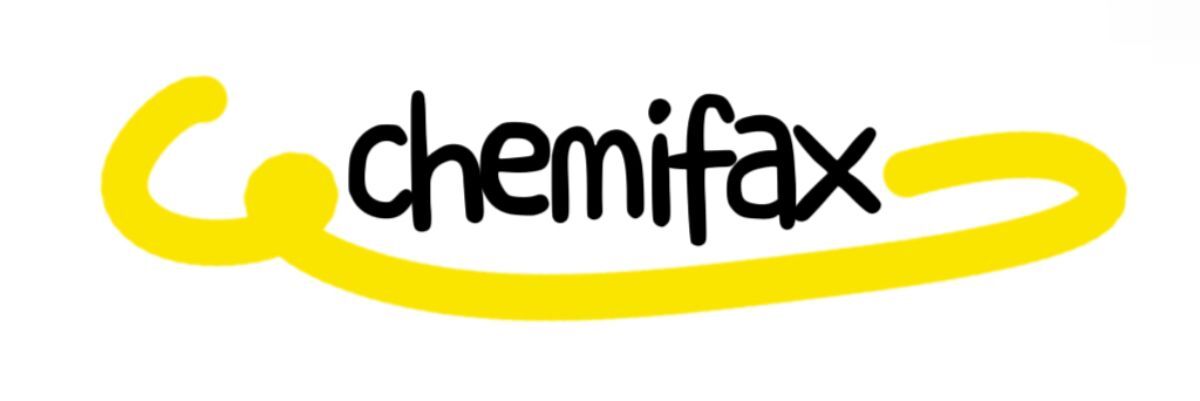What to Expect from a Nasal Flu Swab?
Dec. 11, 2024
# What to Expect from a Nasal Flu Swab?
When it comes to diagnosing the flu, a nasal flu swab is one of the most common and effective methods used by healthcare professionals today. If you’ve been advised to get one, you might be feeling a bit anxious or unsure about the process. Here’s what you should expect when undergoing a nasal flu swab.
## What is a Nasal Flu Swab?
A nasal flu swab is a simple diagnostic procedure where a healthcare provider uses a soft, flexible swab to collect a sample from the nasal cavity. This sample is then tested for the presence of influenza viruses. The process is quick and typically not painful, but it's important to know what to anticipate.
### Benefits of a Nasal Flu Swab.
- **Rapid Results**: Many tests provide results within a few hours.
- **Non-Invasive**: Compared to other testing methods, the nasal flu swab is less invasive and often more comfortable.
- **Accurate Detection**: This method is effective in identifying different strains of the flu virus, which is crucial for appropriate treatment.
## Preparing for Your Nasal Flu Swab.
Before the swab is conducted, there are a few things you should keep in mind:
1. **Inform Your Provider**: Share any medications you are currently taking, as well as your medical history.
2. **Stay Calm**: Anxiety can exacerbate discomfort. Take deep breaths and remind yourself that the procedure is quick and necessary.
3. **Follow Instructions**: If your healthcare provider gives you pre-test instructions, follow them carefully to ensure the accuracy of the results.
## The Procedure: What to Expect.
### Step-by-Step Process.
1. **Arriving at the Clinic**: You will check in and may need to fill out a brief medical history form.
.
2. **Sample Collection**: .
- The healthcare professional will gently insert the swab into one nostril.
- The swab is rotated for a few seconds to ensure enough mucus is collected.
3. **Repeat in the Other Nostril**: This may happen to increase the likelihood of collecting a viable sample. .
4. **Completion**: The swab is placed in a sterile container and sent to the lab for testing.
### Sensation During the Test.
- **A Mild Discomfort**: Most patients feel a quick moment of discomfort or tickling.
- **Sneezing or Runny Nose**: It’s common to experience a sneeze or runny nose immediately after the swab.
## Common Confusions and Solutions.
### Myths vs. Reality.
- **Myth**: The nasal flu swab hurts significantly.
- **Reality**: Although some discomfort may occur, it is generally mild and short-lived.
- **Myth**: I can’t eat or drink before the test.
- **Reality**: There are no specific dietary restrictions unless stated by your healthcare provider.
### Handling Discomfort.
- **Nasal Irritations**: If you feel discomfort after the test, consider using saline nasal sprays or rinses to soothe your nasal passages.
- **Using a Humidifier**: Keeping the air moist may reduce any lingering irritation.
## After the Nasal Flu Swab.
### What Happens Next?
- **Await Results**: Tests typically return results within a few hours to a day.
- **Discuss Results with Your Provider**: Understanding your results will help in determining the next steps for treatment or further testing.
### Planning for Treatment.
- If the test result is positive, your healthcare provider will discuss antiviral treatment options.
- If frequently exposed to flu, consider preventive measures like vaccination in future flu seasons.
## Conclusion.
A nasal flu swab is a straightforward procedure that plays a critical role in flu detection and management. By understanding what to expect, preparing accordingly, and knowing how to handle any discomfort, you can go into your appointment with confidence. If you or a loved one are experiencing flu symptoms, don’t hesitate—schedule your nasal flu swab today and take the first step toward managing your health!
If you want to learn more, please visit our website alcohol detection strips, hcg rapid test.
87
0
0

Comments
All Comments (0)